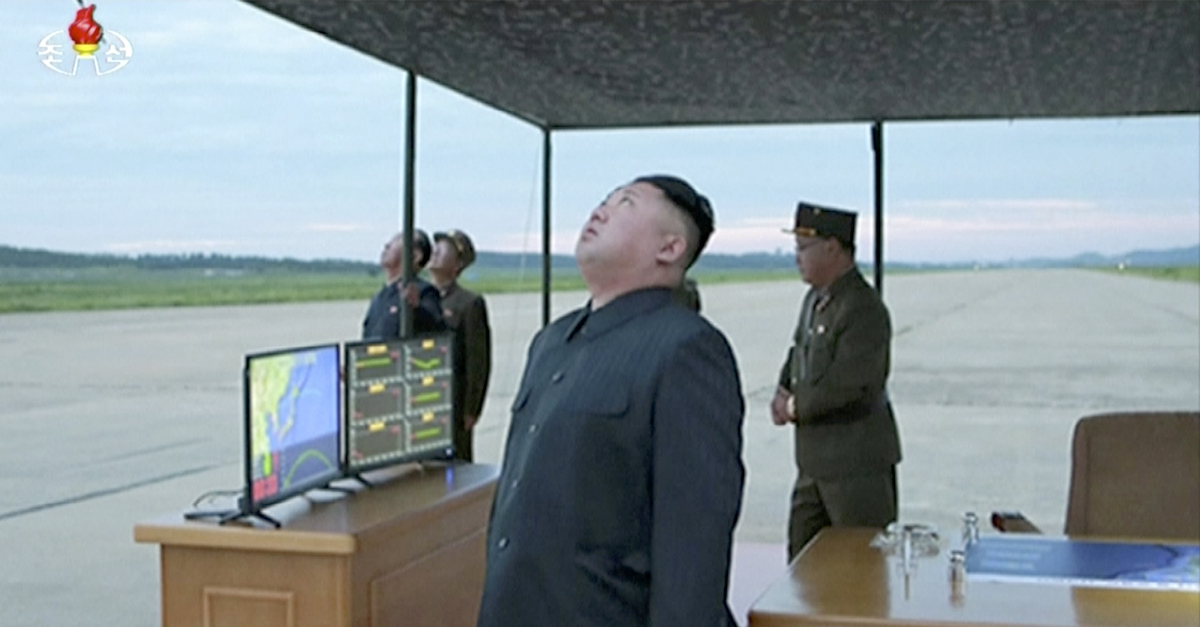Hawaiians were sent into a panic on Saturday when they received a push notification on their phones reading, “BALLISTIC MISSILE THREAT INBOUND TO HAWAII. SEEK IMMEDIATE SHELTER. THIS IS NOT A DRILL.”
Videos by Rare
Omg pic.twitter.com/ZbDTL1rcaF
— Michelle Broder Van Dyke (@MBVD) January 13, 2018
It turns out that the residents and visitors of America’s most-distant state actually didn’t have anything to worry about — at least not in terms of an inbound ballistic missile. But, that didn’t stop a wide-scale panic from briefly overtaking the island.
Quickly, Sen. Tulsi Gabbard, D-HI, tweeted a message, telling her constituents “this is a false alarm.”
HAWAII – THIS IS A FALSE ALARM. THERE IS NO INCOMING MISSILE TO HAWAII. I HAVE CONFIRMED WITH OFFICIALS THERE IS NO INCOMING MISSILE. pic.twitter.com/DxfTXIDOQs
— Tulsi Gabbard 🌺 (@TulsiGabbard) January 13, 2018
A few minutes after the disturbing notification, Hawaii’s Emergency Management Agency tweeted, “NO missile threat to Hawaii.”
Hawaii is located off the coast of California, between the United States and North Korea. Officials in the island state said last November that they were activating air raid sirens that were used during World War II.
RELATED: The Air Force sends a message to North Korea with its latest deployment of firepower to Guam
In Guam, residents were put on edge last year when rhetoric escalated between the U.S. and North Korea. But, the U.S has a number of defenses aimed at stopping an attack from Pyongyang. The Terminal High Altitude Area Defense system in South Korea is capable of tracking any North Korean missiles. In addition, there are a number of ships in the Pacific, both American and Japanese, equipped with SM-3 missiles that could bring down a North Korean nuke, The New York Times reports.
We also have 44 Ground-based Midcourse Defense inceptors in Alaska specifically designed to thwart a North Korean attack.
But, for Hawaiians, those precautions didn’t make Saturday morning any more pleasant during the minutes between the time that they got the “missile inbound” alert on their phones and the announcement by officials that the alert was a mistake.



